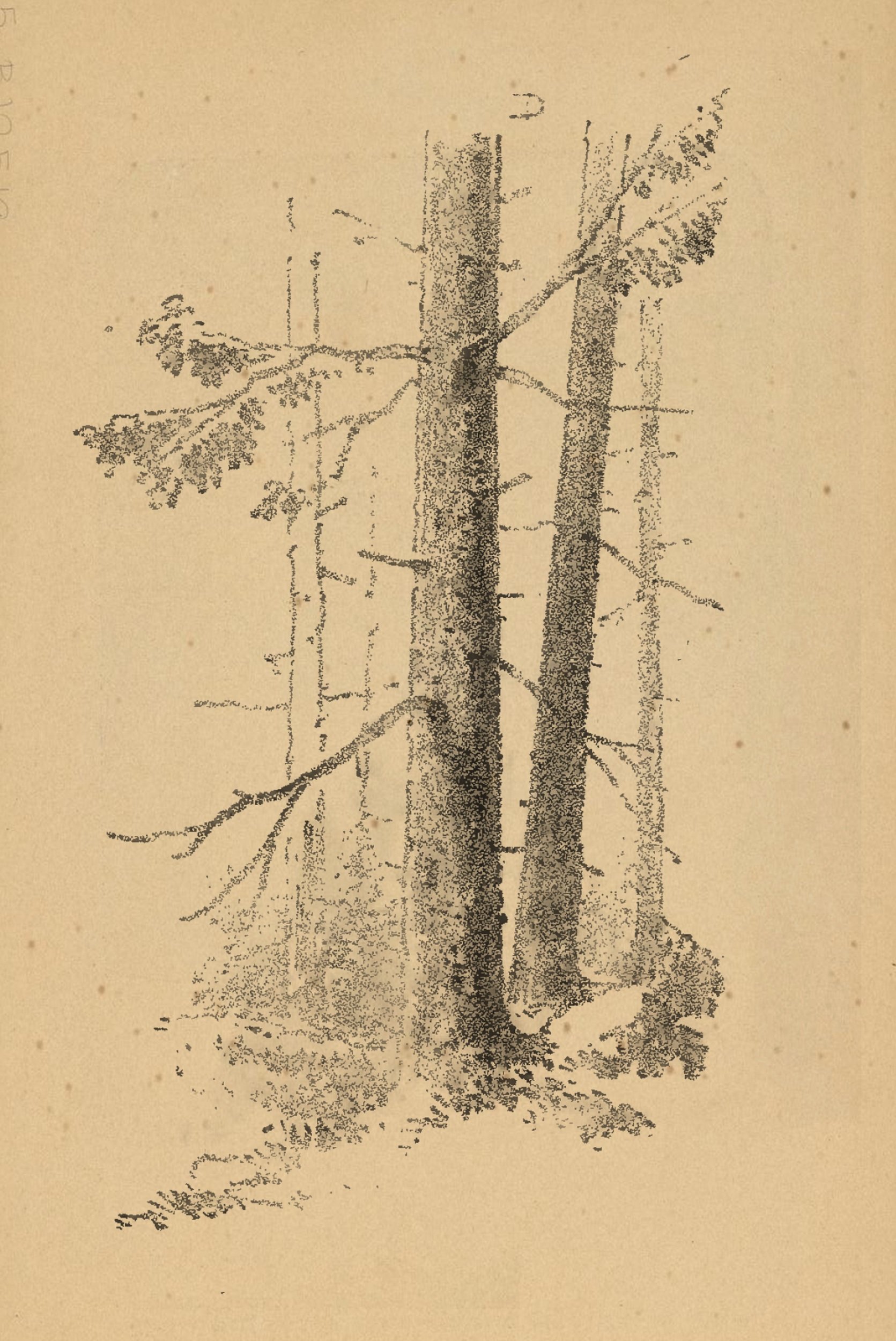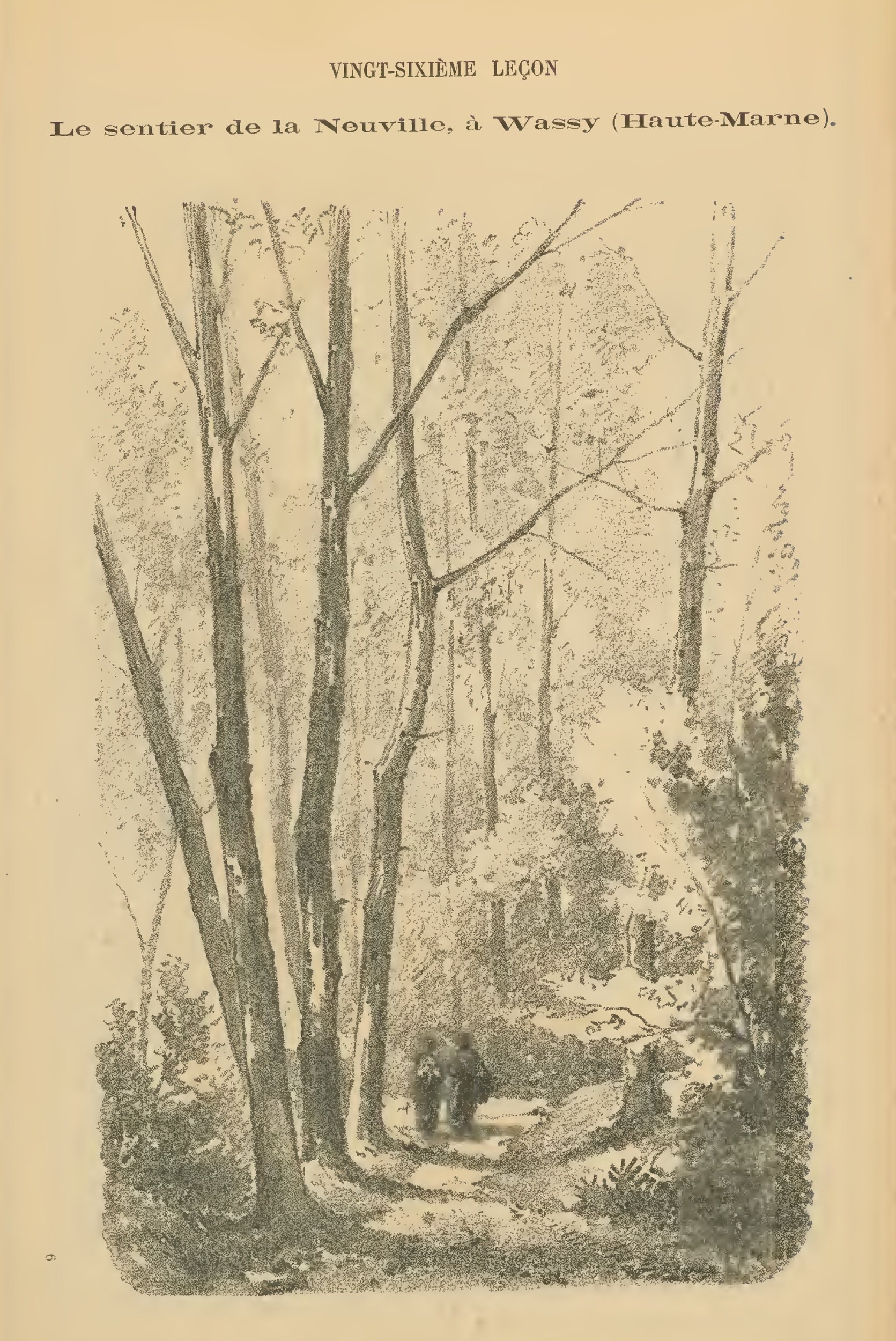From Sketch to Mastery: Capturing Tree Masses and Branches in Landscape Drawing
Exercises for drawing the masses of different types of trees.
Trees are iconic elements in landscape painting, offering structure, rhythm, and life to any scene. For landscape painters, mastering the art of drawing tree masses and branches is an essential skill. The ability to sketch trees quickly and convincingly helps define a composition and provides a strong framework for your paintings. Whether you’re painting a lone tree standing proudly against the horizon or a dense forest teeming with life, capturing the character of different tree species is crucial.
In this post, we’ll delve into techniques outlined in “Le dessin de paysage : étudié d'après nature” (1889) by H. Guiot and Jules Pillet. These techniques emphasize representing tree masses, branches, and foliage in a way that reflects the essence of the tree species, giving your landscapes both structure and authenticity. By practicing these foundational skills, you can enhance your plein air sketches and build the confidence needed to depict trees with ease in your paintings.
Why Trees Are Essential in Landscape Drawing
Trees often act as the backbone of a landscape, offering a sense of scale and anchoring the composition. But trees are also incredibly varied in their form, shape, and texture. Whether you’re drawing the slender elegance of a poplar, the sprawling branches of an oak, or the soft foliage of a willow, each tree has unique characteristics.
Guiot and Pillet stress that when drawing trees, it’s not just about replicating the overall shape—it’s about conveying their "essence." A well-drawn tree should feel alive, capturing the delicate balance between structure and lightness. The mass of foliage should appear airy and mobile, while the branches provide a sense of grounding and strength.
For plein air painters, the ability to quickly sketch tree masses is essential. Nature constantly changes—light shifts, shadows lengthen, and the weather can alter the scene. Being able to sketch trees accurately and quickly helps you maintain control over your composition while allowing you to capture the fleeting beauty of the landscape.
Exercises for Capturing Tree Masses and Branches
Guiot and Pillet provide a series of exercises that help artists build the skills necessary to draw tree masses and branches effectively. These exercises focus on simplifying the form of the tree while maintaining its character. The goal is not to draw every individual leaf or twig but to create a believable structure that captures the spirit of the tree.
Exercise 1: Simplifying Tree Masses
In this exercise, we focus on the overall mass of the tree’s foliage. These two references show how the foliage is built up using clusters of small, rhythmic strokes. These strokes represent not individual leaves but rather the overall movement and mass of the foliage.
Start by lightly sketching the general outline of the foliage. This is the "skeleton" of the tree. Once the outline is established, begin adding texture using the same technique practiced in the previous lesson. The light, rhythmic strokes, suggest the flow and direction of the leaves. This builds the mass of the tree and creates a sense of airiness.



Exercise 2: Drawing Branches and Trunks
Once you’ve captured the overall mass of the tree, it’s time to focus on the branches and trunk. These three references exemplify the characteristics of different species of trees having unique branching patterns. For example, the branches of an oak tend to spread wide and horizontally, while the branches of a pine are more vertical and upward-reaching.
Start by sketching the trunk and main branches. Pay attention to their direction and thickness—branches should gradually become thinner as they extend outward from the trunk. Practice drawing smooth, flowing strokes that reflect the natural growth pattern of the tree.
Final reference drawing.
Exercise 3: Creating a Unified Composition
This reference demonstrates how to combine all the elements into a cohesive composition. As you sketch, consider how light interacts with the tree. Shadows should fall naturally, following the contours of the branches and leaves. The addition and suggestion of two figures provides a focal point and key area of interest without becoming overly detailed.
Conclusion: The Path to Mastering Tree Drawing
Mastering the art of drawing trees is a crucial step for any landscape artist. By simplifying tree masses, understanding branching patterns, and capturing the unique characteristics of different tree species, you can add depth, realism, and variety to your landscapes. Guiot and Pillet’s exercises are designed to build your confidence and control when drawing trees, helping you transition seamlessly from drawing to painting.
Trunks and branches of three different types of trees.





